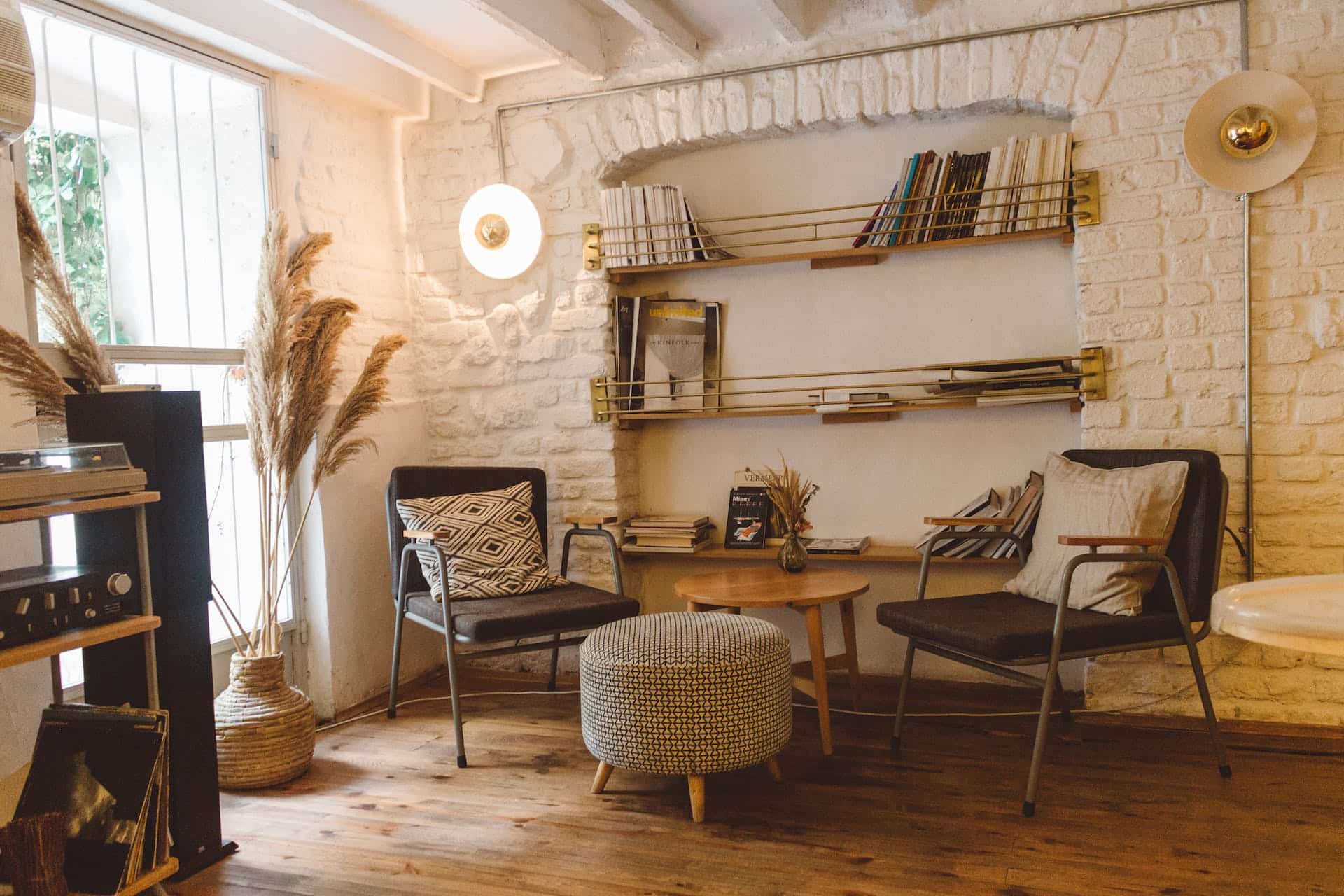As you embark on the journey to freshen up your interiors, you may be pondering the question: how can I incorporate handcrafted and artisan elements into my modern home decor? In the world of interior design, achieving a balance between traditional craftsmanship and contemporary style can prove challenging. However, with the right approach and understanding of basic design principles, you can create a space that is both modern and rich with artistic charm.
Crafting a Balance Between Modern and Traditional
Integrating artisan and handcrafted elements into a modern space starts with understanding the balance between modern and traditional design. While modern decor is characterized by sleek lines, minimalist aesthetics, and innovative materials, traditional craftsmanship often showcases detailed embellishments, natural materials, and timeless techniques. Striking a balance between these two disparate styles involves careful selection and arrangement of pieces.
Lire également : How to create a serene and productive workspace at home?
To harmonize these styles, consider choosing handcrafted pieces that echo the clean lines and simplicity of modern design. Look for artisanal furniture or decor that employs traditional techniques but features a pared-down aesthetic. Use these pieces as focal points in your rooms, ensuring they stand out against the modern backdrop.
The Role of Materials in Creating Cohesive Interiors
Materials play a crucial role in bridging the gap between artisanal and modern styles. In modern interiors, designers often use materials like glass, steel, and plastic to create a sleek, polished look. Conversely, traditional craftsmanship typically involves natural materials like wood, stone, and textile.
A voir aussi : What are the best tips for incorporating art deco elements in a modern home?
To blend these styles effectively, incorporate handcrafted items made from natural materials into your space and pair them with modern pieces that feature similar hues or textures. For example, a handwoven wool rug could complement a modern steel coffee table with a brushed finish, tying the room together through shared texture.
Choosing the Right Artisan Pieces
Choosing the right artisan pieces is integral to integrating handcrafted elements into your home decor. While it can be tempting to fill every corner of your home with unique finds, remember the mantra of modern design: less is more.
Opt for standout pieces that truly speak to your style and the ethos of your space. It could be a hand-turned wooden stool, a ceramic vase with an unusual glaze, or a textile wall hanging crafted by a local artist. These pieces not only add a layer of warmth and character to your modern interiors but also serve as conversation starters, reflecting your personal taste and appreciation for craftsmanship.
Incorporating Craftsmanship into Modern Spaces through Art
Art is another avenue through which you can integrate craftsmanship into modern decor. This approach allows you to showcase traditional techniques and styles without disrupting the clean, streamlined feel of your space.
Consider hanging a large, hand-painted canvas as the focal point in your living room. Or, group a series of smaller, framed prints or photographs along a hallway wall. These art pieces add visual interest and a touch of individuality without cluttering your space.
The Magic of Accessories in Home Decor
Never underestimate the impact of accessories in home decor. Smaller details like cushions, throws, lampshades, and even decorative bowls can work wonders in creating a cohesive look.
Accessories are an excellent way to incorporate handcrafted elements into your decor subtly. For instance, a handblown glass pendant light or a handwoven basket can inject an artisanal touch without overwhelming the modern aesthetics of your space. Remember, it’s all about creating harmony and balance between the old and the new, the artisan and the modern.
In the end, integrating artisan and handcrafted elements into modern home decor is all about creating a space that feels personally meaningful, stylish, and well-balanced. By understanding the balance between modern and traditional styles, selecting materials wisely, picking the right artisan pieces, incorporating art, and using accessories cleverly, you can create a home that is uniquely yours, brimming with character and charm.
Aesthetic Inspiration from Native American Art and Crafts
Native American art and crafts offer a rich source of inspiration for integrating artisanal elements into a modern home. These traditional creations encapsulate centuries of heritage, skill, and attention to detail. They often involve high-quality, natural materials and a color palette inspired by the natural environment.
For instance, you might feature Native American pottery in your living space. These pieces, characterized by their intricate hand-painted designs and earthy tones, can bring a sense of authenticity and history to your interior design. Equally captivating are Native American textiles, with their bold geometric patterns and vibrant hues, which can serve as striking wall hangings or throw rugs in a modern space.
Beyond physical elements, Native American design principles can also influence the layout and ambiance of a room. Many Native cultures value the concept of interconnectedness, as seen in their circular housing structures. Translated into a modern context, this could mean designing rooms that encourage flow and connection, perhaps through open-plan layouts or circular furniture arrangements.
Sustainable Luxury: Embracing Eco-Friendly Design Elements
In recent years, the interior design landscape has seen a significant shift towards sustainability. This movement aligns perfectly with the ethos of artisan crafts, many of which utilize eco-friendly practices and materials. By choosing artisan pieces for your home, you’re not only enriching your living space aesthetically but also making an environmentally conscious decision.
High-quality, handcrafted furniture made from sustainably sourced wood, for instance, not only offers durability but also adds an organic and warm touch to a modern interior. Similarly, textiles crafted from natural fibers like linen or hemp can enhance a room with their unique textures while also being kinder to the planet.
Another trend to consider is the use of reclaimed materials. Artisans often repurpose old materials to create new, unique pieces. An old wooden door can become a luxurious dining table, or a discarded metal sheet can transform into an eye-catching wall art, contributing to the eco-friendly design style.
Conclusion: The Artful Blend of Old and New
Integrating artisan and handcrafted elements into modern home decor requires a discerning eye, a thoughtful approach, and respect for both design traditions and styles. It’s about creating a synergy between the old and the new, the handmade and the machine-made, and the traditional and the contemporary.
It requires an appreciation for the skill, time, and attention to detail that artisans put into their work, as well as a recognition of the sleek elegance and innovation that characterizes modern design. This fusion of elements allows you to create a living space that is not only aesthetically pleasing but also deeply personal and reflective of your unique taste.
Remember, in interior design, there are no rigid rules, only guiding principles. Ultimately, your home should feel like a natural extension of who you are – a space where you can express yourself freely, surrounded by items and design elements that bring you joy and comfort. Whether it’s an intricately handwoven rug, a sleek modern sofa, or a striking piece of Native American pottery, each element contributes to creating a home that is uniquely yours. Don’t be afraid to experiment, to mix and match, and most importantly, to let your personality shine through your home decor.
In embracing artisan and handcrafted elements, you’re not just following the latest design trends. You’re celebrating the beauty of human creativity, supporting local artisans, and contributing to a more sustainable and authentic approach to home decor. And that is what truly turns a house into a home.






